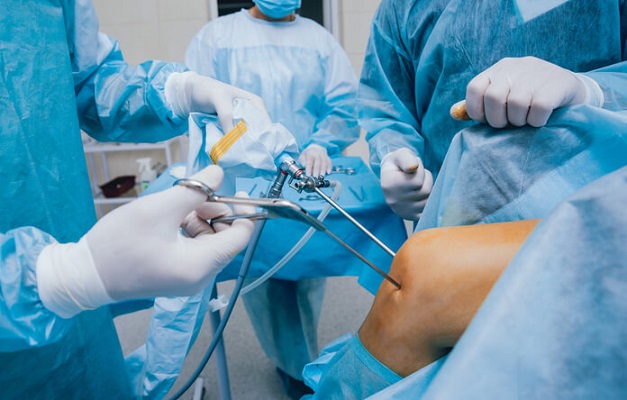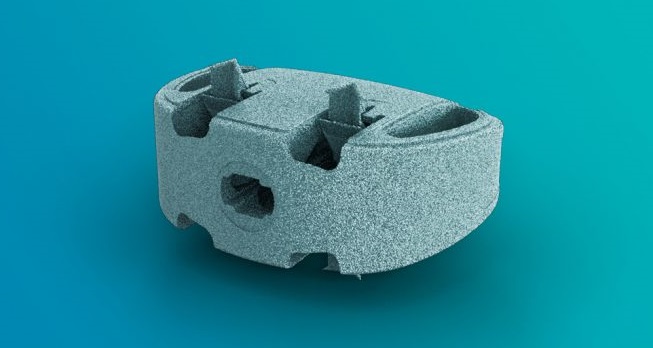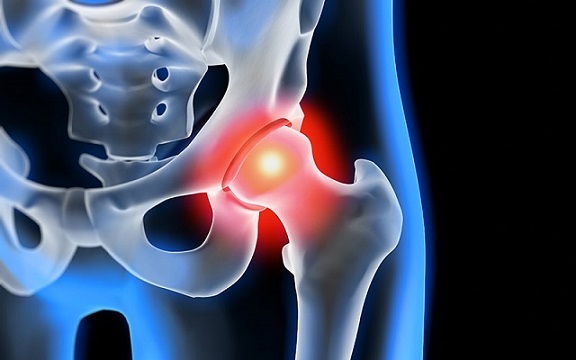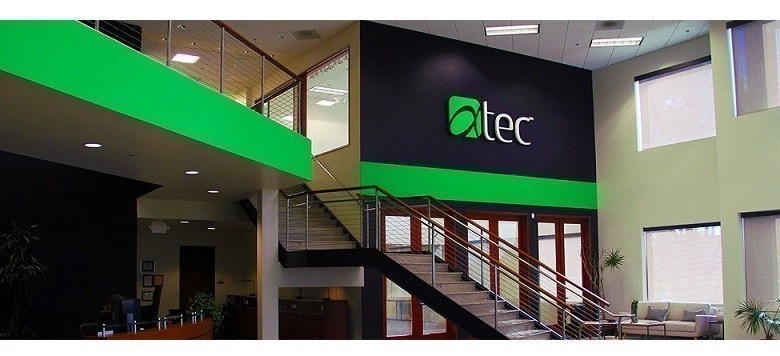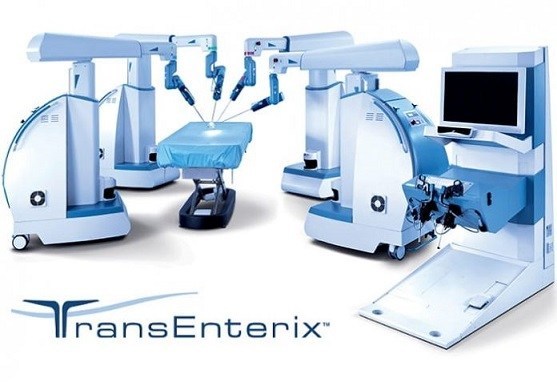Elizabeth Hofheinz, M.P.H., M.Ed.
New work from Mayo Clinic has found that for the 20 most common orthopedic arthroscopic surgical procedures, inflation-adjusted Medicare reimbursement rates declined by almost 30% from 2000 to 2019.
The study, “A Comprehensive Analysis of Medicare Reimbursement to Physicians for Common Arthroscopy Procedures: Adjusted Reimbursement has Fallen Nearly 30% from 2000 to 2019,” is published in the December 2, 2020 edition of Arthroscopy.
Co-author Michael Lane Moore, a medical student at Mayo Clinic Alix School of Medicine in Scottsdale, discussed what in this work was novel. He told OSN, “This was the first study to assess and characterize some of the most recent trends in Medicare reimbursement for orthopedic arthroscopic surgery. Previous analyses have identified declines in Medicare reimbursement (most have been 20%+ decreases) among the most common procedures in fields such as neurosurgery, spine surgery, plastic surgery, oncology, general surgery, upper extremity orthopedic surgery, and general orthopedics. However, data regarding reimbursement trends for one of the fastest-growing areas of orthopedics, minimally invasive arthroscopic surgery, was lacking.”
Using the CMS website, the researchers identified the 20 most common arthroscopic procedures using the Calendar Year (CY) 2017 Public Use File (PUF) data file. They also utilized the Physician Fee Schedule Look-Up Tool to calculate national reimbursement averages from 2000-2019.
“The primary finding from our analysis,” said Michael Lane Moore, “was that when adjusted for inflation, the mean Medicare reimbursement for the 20 most utilized arthroscopic procedures has declined by nearly 30% (29.8% exactly) between 2000 and 2019. Additionally, reimbursement for these procedures declined by approximately 1.8% per year between 2000 and 2019. “Removal of both knee cartilages using an endoscope” (CPT 29880) saw the greatest decline (-39.9%), while “Release of wrist ligament using an endoscope” (CPT 29848) saw the smallest decrease in reimbursement (-12.7%).”
Orthopedic arthroscopic procedures on the rise…
“This analysis will give orthopedic surgeons and hospital administrators a better understanding of the financial trends surrounding one of the fastest-growing techniques in surgery. Additionally, this financial trend data will be increasingly important as the population in the United States continues to age, and new payment models are introduced. As arthroscopic procedures continue to grow at increasing rates, it is essential that the declining Medicare reimbursement rates outlined in this analysis and elsewhere in the literature are addressed by practitioners, administrators, and policymakers so that high quality, effective care can persist in the United States without placing undue financial burden on patients.”
Co-author Anikar Chhabra, M.D., M.S. is Chair of the Division of Sports Medicine and Associate Professor of Medicine at Mayo Clinic College of Medicine in Phoenix, Arizona. Dr. Chhabra told OSN, “As arthroscopic procedures continue to grow at increasing rates, it is essential that the declining Medicare reimbursement rates are addressed by practitioners, administrators, and policy makers so that high quality, effective care can persist in the United States without placing undue financial burden on patients. Since private payors mimic Medicare rates, this is a concerning trend as providing optimal care might not be sustainable based on these numbers in not only Medicare patients, but also other privately insured individuals.”

